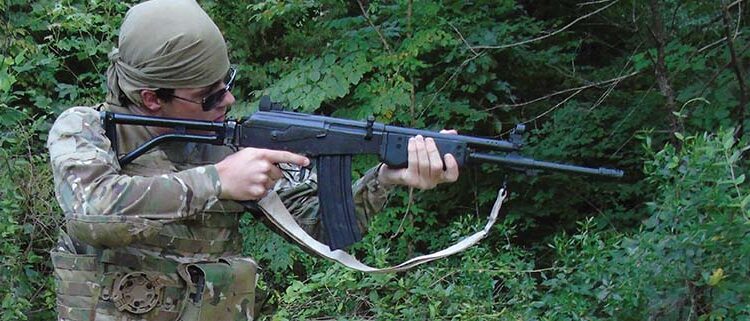By Will Dabbs, MD
I once met an Israeli Aviator when I was a soldier. He asked me how far the nearest organized military threat was from my family. I answered truthfully maybe 5,000 miles. He observed that his children went to school 30 minutes by T72 tank from the nearest army bent upon the destruction of his people and his nation. Such stuff pervades their national consciousness. The Israelis are born fighting.
The birth of Israel as a contemporary nation in 1948 grew from the ashes of World War II and the aftermath of the Holocaust. 24 hours after the burgeoning state declared its independence and statehood its Arab neighbors invaded. Israel has been at war on and off ever since.
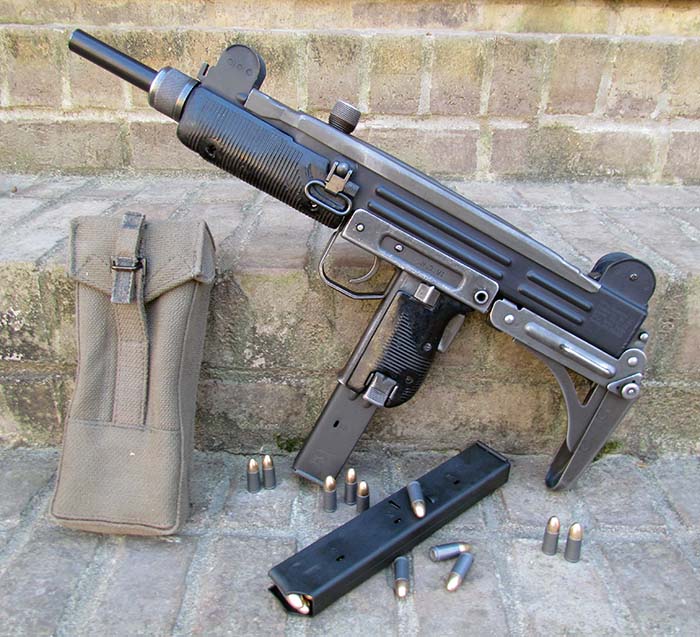
Early on, the young state of Israel was in dire need of weapons. Support for Israel by the international community has always been intermittent at best so developing a domestic source for small arms was a top priority for Israeli leaders in the years immediately following independence. This institutional desperation drove Major Uziel Gal to design the Uzi submachinegun, arguably the most robust and efficient subgun ever devised. The Uzi was heavy at around 9 pounds but it fed from 25 and 32-round box magazines, was built efficiently via industrial metal presses, and ran anywhere anytime no matter what. In so doing the Uzi kept the fledgling state of Israel alive during some of its most desperate hours and was subsequently exported to hotspots around the globe. Uzis were used by several European countries and were produced by FN under license. They were also liberally distributed across Africa. The Secret Service agents protecting President Reagan during his well-publicized assassination attempt carried Uzis.
The developing Israeli Army employed German and British surplus bolt action rifles like the Kar98k and Lee Enfield. Their first standardized infantry rifle was the FN FAL. While the FAL was a superb weapon for fighting in European forests it was found to be marginally reliable in the sandy places where Israeli soldiers served. As a result, drawing from the success of the Uzi submachinegun, Israeli military planners set out to develop a domestically produced Infantry rifle that could serve reliably in the wretched spaces around Israel.
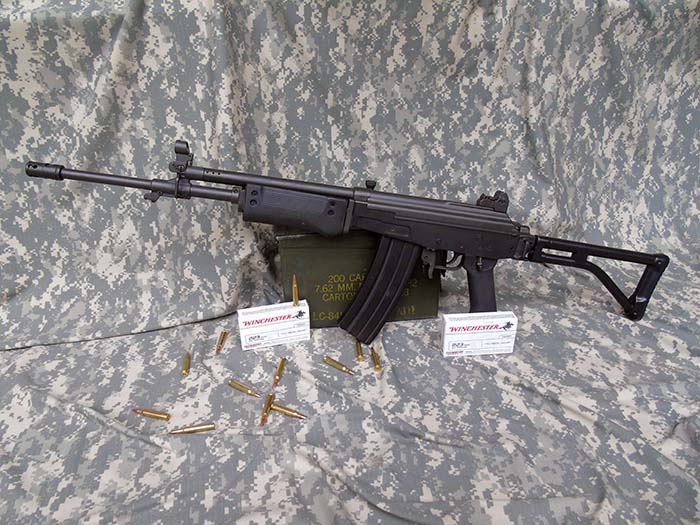
Development
A genetic hybrid is an organism engineered to incorporate the most desirable traits within a species. Hybrid corn grows faster and resists pests better than its forebears. Hybrid cows are optimized for milk production or succulent steaks. Hybrid chickens are so perfected for human consumption as to be nearly unrecognizable compared to their feral precursors. Genetic hybridization makes good things better.
The design competition to select a new Infantry rifle for the IDF (Israeli Defense Forces) stretched from the late 60’s into the early 70’s. Uziel Gal himself submitted a design. Captured Kalashnikovs along with U.S. M16A1’s and Stoner 63 rifles joined the fray. The Germans entered their HK33.
Israelis Yisrael Galil and Yaacov Lior designed a hybrid rifle that drew from several different sources. At the end of one of the most grueling small arms tests in history the eponymous Galil rifle reigned supreme. Incorporating the side-folding stock from the FAL, the long stroke gas piston system of the revered Kalashnikov, and the small lightweight chambering from the M16, the Galil strived to incorporate the best features of all the world’s successful small arms into a single robust rifle design. The resulting hybrid rifle can hold its own even among today’s more modern offerings.
The basic chassis of the Galil was actually built around a handful of milled Finnish Valmet receivers commercially obtained and then smuggled into Israel. Using these components as a starting point, the rifle’s Israeli designers rethought everything else about the guns. In the final analysis the Galil was arguably the most soldier-friendly military rifle in history.
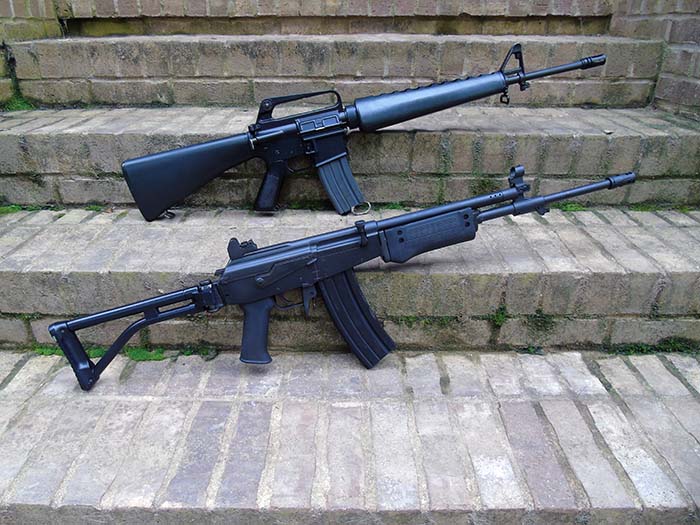
Broad Brush
The Galil is heavy. The gun weighs more than 9 pounds empty and feels unusually substantial in the hands as a result. The folding stock is copied directly from that of the FN FAL and folds to the right. The stock locks at the hinge and deploys instantly with a quick slap. The familiar ranch gate safety from the AK series guns is retained but there is also a corresponding thumb switch on the left of the rifle. Interestingly, Physics dictates that this switch moves backwards from what one might expect. Pushing the switch forward puts the weapon on safe. Moving the switch backwards with the thumb to ready the rifle for firing is a bit of a chore. Selector positions for the ranch gate safety are the same as those of any of the 100 million or so Kalashnikov rifles currently in service. Up is safe, all the way down is semiauto, and the middle position is rock and roll.
The rear sight mounts on the rear of the sheet metal receiver cover. While this grants a longer sight radius and subsequently more comfortable shooting than might an AK, the cover is innately unsteady and most move about just enough to ensure that the Galil will not be a tack driver. Practical tactical accuracy is fine, however. The rear sights incorporate a pair of pivoting peeps as well as an ingenious flip-up glowing night sight. Windage and elevation adjustments are undertaken on the front sight and there is a flip-up night sight on the front as well.
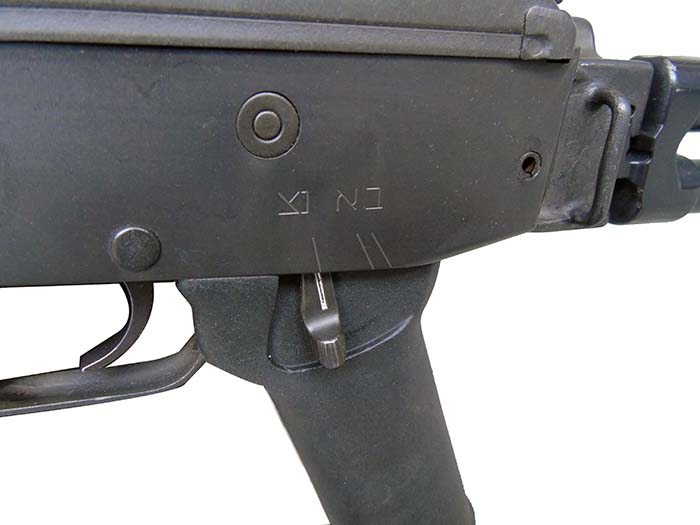
The charging handle reciprocates with the bolt and angles upward for easy access by the left hand. Front handguards can be of either wood or synthetic material and the sheet metal tube over the gas piston is left exposed. There are several different sorts of flash suppressors and the example on my rifle has a spring-loaded wire to retain rifle grenades prior to firing.
The receiver is standard milled AK fare replete with lightening cuts on the front. Magazines are of the heavy steel AK sort and typically carry 35 rounds when fully loaded. Fifty round versions were produced, as were stubbier versions to hold rifle grenade launching rounds. The magazine release is easily accessed by the left thumb and incorporates a sheet steel guard to minimize the risk of inadvertent activation.
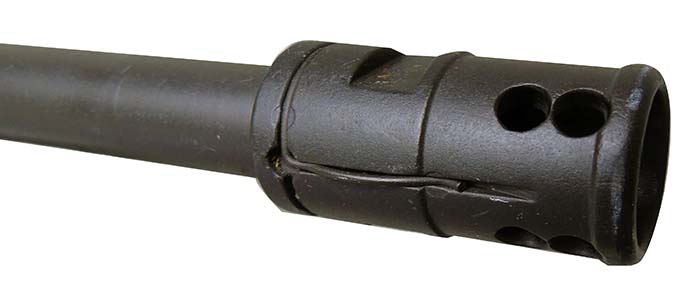
Little Things
The Galil is the archetypal soldier’s rifle. The Israelis know ground combat intimately and their small arms designs reflect this reality. The Galil can be configured to accept a folding bipod and this bipod sports a built in set of wire cutters for reducing wire obstacles.
Back in the days before ubiquitous canned soft drinks Israeli leaders noted a problem with soldier behavior in the field. Israeli soldiers were sometimes using the magazines from their FALs and M16s to pry the caps off of glass beverage bottles. The flimsy aluminum magazines used by these weapons readily deformed in the face of this practice and threatened the reliability of the weapons in question. Where American leaders would have responded with harshly-worded directives simply prohibiting the practice, the Israelis built a bottle opener into the handguard of the Galil rifle.
In the rifles equipped with bipods there is a slot running the length of the bottom of the handguard to allow the bipod to stow out of the way when not in use. There are hardened steel hooks incorporated into the near end of this slot specifically designed to open glass beverage bottles. Given the large percentage of reservists who make up Israeli combat formations, the practicality of this feature simply reflects Israeli pragmatism as regards military operations.
Variants include two different short-barreled carbine configurations, one of which is short with the other being tiny. There is also a .308 version intended for use with a telescopic sight in a designated marksman role. The basic Galil design has been widely exported as well as produced in a variety of countries under license.
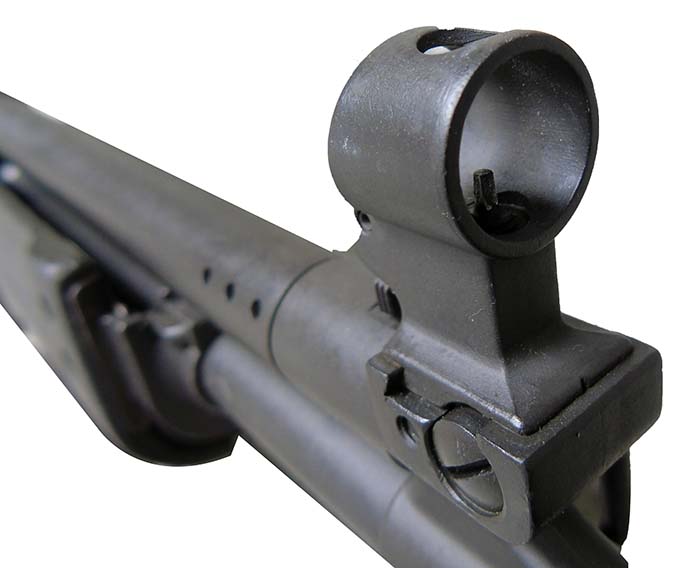
Range Work
The Galil rifle is steady in operation and all but recoilless thanks to its prodigious heft. Accuracy is perhaps a bit better than most Kalashnikov variants while stopping short of that of a tuned AR. Magazines rock in and out like those of an AK and the Galil has that same long creepy Kalashnikov trigger.
The overall effect is comparable to running an AK74 in 5.45x39mm only a bit heavier. Those zippy little 5.56 mm rounds shoot flat at reasonable combat ranges and the heavy bolt combined with the milled steel receiver seem like they could take a great deal of punishment. The angled charging handle is indeed more easily accessed with the weak hand by right-handed shooters.
Rate of fire on fully automatic is 650-700 rounds per minute and the gun is eminently controllable during burst firing. The gas tube does get frightfully hot in short order after long strings of fire though the beefy handguard does a better job at insulating the operator’s support hand than might the conventional wooden AK sort. Slings mount via hooks on the left side of the rifle as they should. The gun may be run with the stock folded though thus configured the ranch gate safety is a bit tough to manage. The long 35-round box magazine makes firing from the prone a bit of a chore but this is a problem common to most modern high-capacity Infantry rifles.
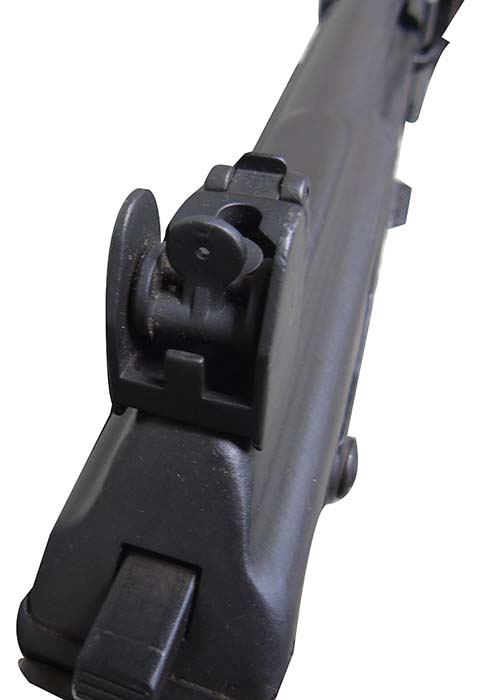
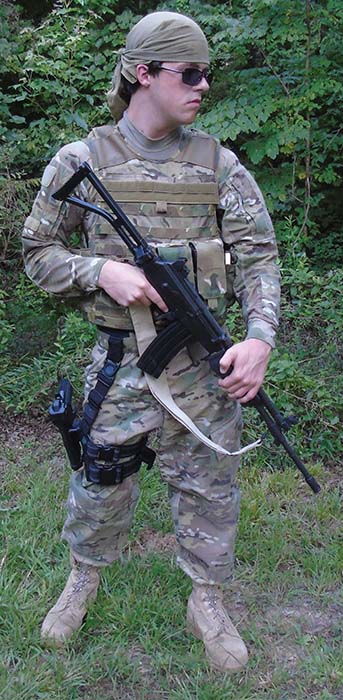
Grand Scheme
The Galil was formally adopted by the IDF (Israeli Defense Forces) but this was during a time when the U.S. was offering M16A1 rifles at bargain basement prices. In the aftermath of the 1967 Six Days War and the comparably desperate 1973 Yom Kippur fight the Israelis badly needed modern rifles but American M16’s were both available and cheap. As a result Galil rifles served concurrently alongside these American weapons for years.
During a recent trip through Israel I exhaustively documented the small arms we encountered. TAR21 Tavor bullpups were fairly ubiquitous as were American M4 carbines in two broad configurations. One sort was the standard U.S. GI model with a 14.5-inch barrel stepped for a grenade launcher while the other sported a barrel of comparable length that was of a thin profile throughout its span. The TAR21 rifles all incorporated a conventional short trigger guard that wrapped solely around the trigger finger whereas commercial versions in the U.S. today sport the full length version akin to that of the Steyr AUG. This was early 2014 and I did not encounter anyone carrying a Galil in active service.
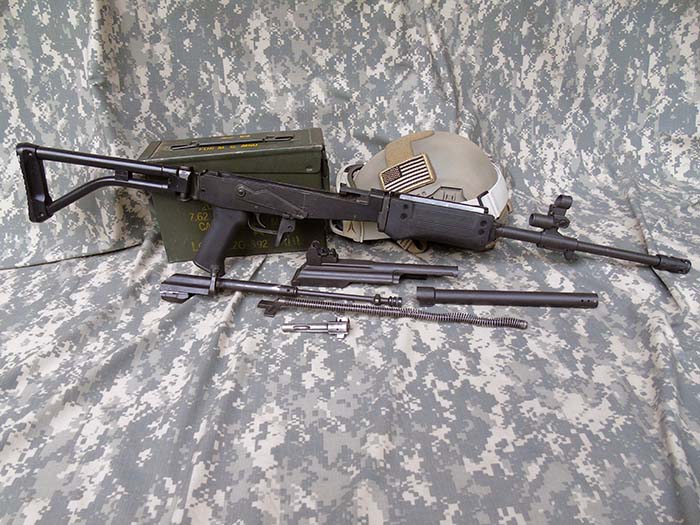
Israel requires mandatory military service for both genders and IDF soldiers are required to carry their rifles as well as a magazine or two of ammunition with them at all times while home on leave. Weapons carried in public typically sported optical sights, usually Trijicon ACOGs or domestically produced Israeli Meprolight rigs. They were all carried with orange plastic empty chamber indicators in place atop a loaded magazine that could be put into action at a moment’s notice. This practice ensures that most public spaces are populated with a couple of fit young well-armed soldiers at all times. For this reason terrorist attacks in contemporary Israel seldom last very long. I have never felt safer.
The Galil is a reflection of the Israeli national mindset. Rugged, dependable, and over-engineered yet versatile while remaining soldier-friendly, the Galil was arguably the most effective Infantry weapon in the world when it was introduced. Not unlike growing corn or breeding cows, when you take the best traits you can find and combine them into a single entity the results are undeniably effective. Combining the salient strengths of three major established weapon systems, the Israeli Galil was a soldier’s rifle in a nation forever at war.
| This article first appeared in Small Arms Review V20N10 (December 2016) |



